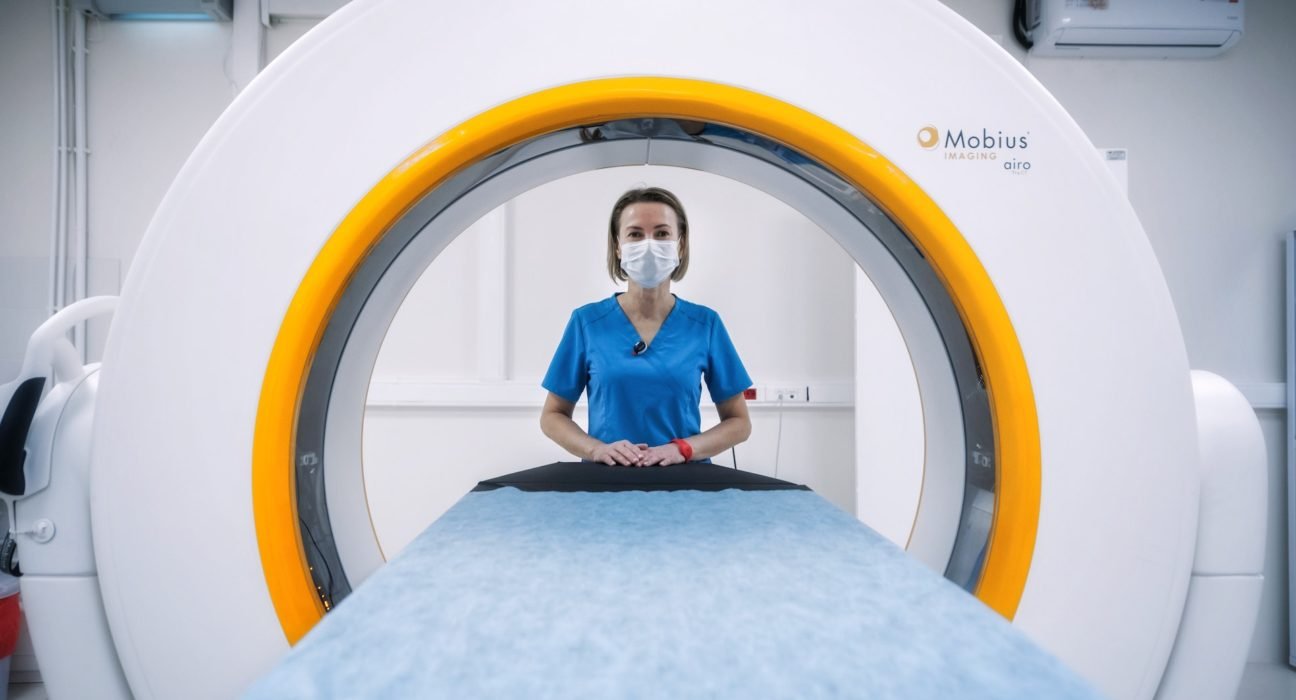Table of Contents
Introduction
Imaging is an important procedure that helps in the diagnosis of a lot of diseases. With the help of affordable imaging services, the healthcare sector has established a more timely and accurate diagnosis. Moreover, it contributes to guiding as well as informing treatment decisions and also contributes to improving the outcomes of treatment.
Imaging is used all over the globe to plan accurate procedures of radiotherapy as well as it also allows real-time visualization of several image-guided interventions. Imaging is vital for the sampling of tumors in pathology work-up.
Diagnostic imaging tools (such as CT scans, mammograms, Magnetic Resonance Imaging (MRI), X-ray, and many more) are used frequently to help physicians confirm or rule out any particular diagnosis. Some imaging services (including X-rays and mammograms) are also essential in pre-emptive care to assist in detecting any ailments at the right time.
Many people are under the assumption that to get an imaging service. They must require a referral, health insurance, and an appointment given by a physician. However, luckily, this is not the case. Most imaging centers are organized to allow a flat rate for several imaging tests or scans and end the rigid guidelines set by insurance companies.
Therefore, these imaging centers ultimately pass the savings on to their patients. The rates offered by these imaging centers are significantly lower than those offered by an insurance company or any other hospital for the same service.
What Is Diagnostic Imaging?
As the name suggests, diagnostic imaging uses images of the internal body to diagnose many health conditions, diseases, and internal injuries. The most commonly prescribed imaging scans are non-invasive, and they can easily be performed in as well as outpatient diagnostic imaging centers.
Detailed imaging scans (such as CT scans or MRI) can be done with or without a contrast medium. A contrast medium alters how imaging tools interact with the body. As a result, they improve the images and allow the radiologists to understand and help them to better differentiate normal from abnormal conditions.
These contrast mediums can be administered through an IV, orally, as well as rectally. It depends on the part of the body that requires to be scanned. Contrast mediums are mostly either barium-sulfate-based or iodine-based.
Magnetic Resonance Imaging (MRI)
The MRI uses radio waves and a magnet to generate a highly detailed image of the body’s internal organs, blood vessels, various body structures, soft tissues, nerves, and muscles. MRI can either be performed with or without contrast.
Magnetic Resonance Imaging (MRI) requires a strong magnetic field; therefore, people with metal implants (including a pacemaker, metal pins or plates, history of a bullet wound, or implantable pumps) are requested not to opt for an MRI. For an MRI, the patient is asked to lay completely still and flat on a table as the tube-like cylinder rotates around the patient’s body. The noise of the scan is quite loud and might take about 15 to 60 minutes. MRI is best to spot.
- Spinal injuries
- Joint inflammation
- Cartilage loss
- Torn or detached tendons, ligaments, cartilage, and muscles
- Nerve compression
Computerized Tomography Scan (CT Scan)
A computerized tomography scan (CT scan) uses radiation technology and X-rays to capture a detailed 360-degree image of any body part, including blood vessels, fats, bones, organs, and muscles. A CT scan can be administered with or without a contrast medium, and it is best to spot it.
- Organ injuries
- Blood clots
- Bone fractures (including minor fractures that are not visible on X-ray)
Just like Magnetic Resonance Imaging (MRI), the patient must lay still and completely flat on a table as the machine rotates around them. However, unlike an MRI, the CT scan does not make any irritating noise. Only a light-clicking sound is heard. The technician is also able to communicate with the patient during the scan. Moreover, a CT scan takes only a few minutes to complete.
X-ray
The most accessible and fastest form of imaging is none other than X-ray. It uses radiation to capture images of teeth and bones, aiding physicians in determining any abnormality immediately. X-rays are best to spot.
- Narrowed joint spaces
- Dislocations
- Fractures
- Misalignments
X-rays use simple technology and are unable to identify minor bone injuries, soft tissue damage, inflammation, or other detailed information. However, a CT scan or an MRI can easily diagnose these conditions.
Mammogram
A mammogram uses X-ray technology to take an image of the breast tissues. These images can help physicians diagnose any health complications, including cancers, pain, benign tumors, discharge, lump, and cysts, before they become noticeable through touch.
However, a mammogram is not able to diagnose breast cancer. If any abnormality is present, the physicians might biopsy the suspected tissue to evaluate it further.
A screening mammogram helps evaluate any breast changes in women who cannot notice any signs or symptoms. Also, post-40 women should consider getting a screening mammogram annually.
Benefits of Diagnostic Imaging
Diagnostic imaging or medical imaging has undoubtedly greatly impacted health care in the past 30 years. With the help of diagnostic imaging, physicians can precisely identify conditions, diseases, and injuries in their initial stages. It helps to identify asymptomatic health conditions that do not show any symptoms.
Diagnostic imaging aids the ability to provide immediate and more reliable information. Moreover, it has also enhanced patient outcomes and assisted physicians in getting better results.
Diagnostic imaging uses technology that is more than just diagnostic purposes. Diagnostic imaging not only benefits the patients, but it also provides many advantages to healthcare providers. These imaging services allow physicians to be more precise and accurate in surgery. Diagnostic imaging has many benefits, some of them are:
Accurate and Early Diagnosis
With the help of medical imaging, physicians can look at a clear image of what is happening inside the patient’s body. It also aids the doctors in precisely predicting the chances of you developing any disease, for instance, cancer. Digital mammography for women for breast cancer screening is definitely a lifesaver.
These screening tests can detect breast cancer two years before the tumor begins to form. With these details, the patients are provided with options on how to proceed concerning their diagnostic results.
All of this has become possible due to the advances in medical imaging. Moreover, it also aids doctors in recommending better medical decisions regarding surgery and treatment.
Medical imaging also permits physicians to determine the severity of any injury and how far the disease has progressed. Also, this information allows doctors to choose a better treatment plan for their patients.
Painless Diagnostic Procedures
Usually, the methods of diagnostic imaging are effortless and pain-free. These procedures do not need any sort of special preparation, such as X-rays and ultrasounds are completely painless diagnostic procedures.
With the help of X-ray technology, the doctor can see your bones and joints easily and identify any bone fractures or breaks. It is undoubtedly the best procedure to check your bone and dental injuries.
More Affordable Health Care
Early detection of disease has a better forecast of what might happen. After a precise diagnosis, it is easy for the doctor to easily treat your sickness. For instance, heart conditions are easy to detect before they become worse to the point of requiring surgery with the help of nuclear medicine tests.
The health conditions detected late mostly require more intensive treatment or even surgery. Thus, it comes with higher risks of complications and elevated costs. On the contrary, if the treatment is provided on time, it can ensure a comfortable procedure with reasonable costs and low risks of complications
Final Words
As the medical imaging sector advances, more comfort and ease are being provided to the patients and the doctors themselves. The patients can receive proper treatment on time with the help of diagnostic imaging. At the same time, doctors can plan better treatment for their patients due to detailed images provided by these imaging tests or scans.






